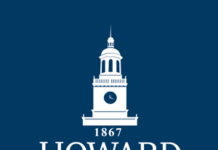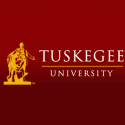 Here is this week’s news of grants or gifts to historically Black colleges and universities or for programs of particular interest to African Americans in higher education.
Here is this week’s news of grants or gifts to historically Black colleges and universities or for programs of particular interest to African Americans in higher education.
Historically Black Jackson State University in Mississippi received a $390,000 grant from the W.K. Kellogg Foundation for programs to increase breastfeeding among African American women. The grant will help the university establish a consortium of HBCUs, and support will include the Mississippi State Department of Health and community groups with a focus on improving prenatal education for women who deliver at Merit Health Central in Jackson.
Spelman College, a historically Black liberal arts college for women in Atlanta, received a $1 million donation from Frank Baker, founder and managing partner of Siris, a leading private equity firm focused on investing and driving value creation in technology and telecommunications companies, and his wife, Laura Day Baker, an interior designer and philanthropist. Initially the gift will pay for the existing spring tuition balances of nearly 50 members of Spelman’s 2020 graduating class. Thereafter, the remaining funds will be used for scholarships to ensure that future high achieving graduating seniors have the financial resources to graduate.
Historically Black Howard University is part of a seven-member team of universities participating in a $15 million grant from the National Aeronautics and Space Administration to advance space habitat designs using resilient and autonomous systems. Howard University will receive $500,000 over the five-year grant period. The Habitats Optimized for Missions of Exploration (HOME) project is being led by researchers at the University of California, Davis.
Albany State University, the historically Black educational institution in Georgia, has received a $199,963 grant from the National Science Foundation to develop a microwave absorber. The goal of this project is to design, fabricate, and test a microwave absorber by engineering the electrical property (permittivity) of a given material. In this project, the shape and size of metal patterns are determined by a commercial 3D electromagnetic simulation package and then printed on the material to absorb the desired frequency. The research is aimed at finding surfaces to absorb harmful radiation (if any) from 5G network antennas.










